Billions of people all over the world rely on maritime transport in their everyday lives – even though they may not realise it.
It’s the most cost-effective and fuel-efficient way to carry goods, more than 80% of all goods transported between countries in fact, shipping forms the backbone of world trade. In the US alone, the $1.5 trillion shipping and logistics industry is expected to be valued at over $2 trillion by 2023.

Globalization and e-commerce have encouraged an increased speed of freight delivery, and over the last two decades vast quantities of faster large containerized vessels to meet worldwide demand. It’s an integral, if sometimes less publicly visible, part of the global economy.
But it is not without its challenges, many of which will become more pressing as the sector grows, placing increasing demands on existing infrastructure. Improving the accuracy of data and technology used by the industry will be increasingly important.
This opportunity catalysed the formation of AOS, the first dedicated global maritime communication system, enabling great improvements for seafarers, the shipping industry as well as our planet. We believe the need to drive efficiency, decarbonise and improve safety through space data will be essential to the success and sustainability of the maritime industry.
Indeed, many in the sector are looking to upgrade their systems in order to take advantage of the latest technological innovations to improve fleet operations. Enhanced data and analytics technologies have the potential opportunity to improve overall shipping operations, increase ship safety, and protect the environment.
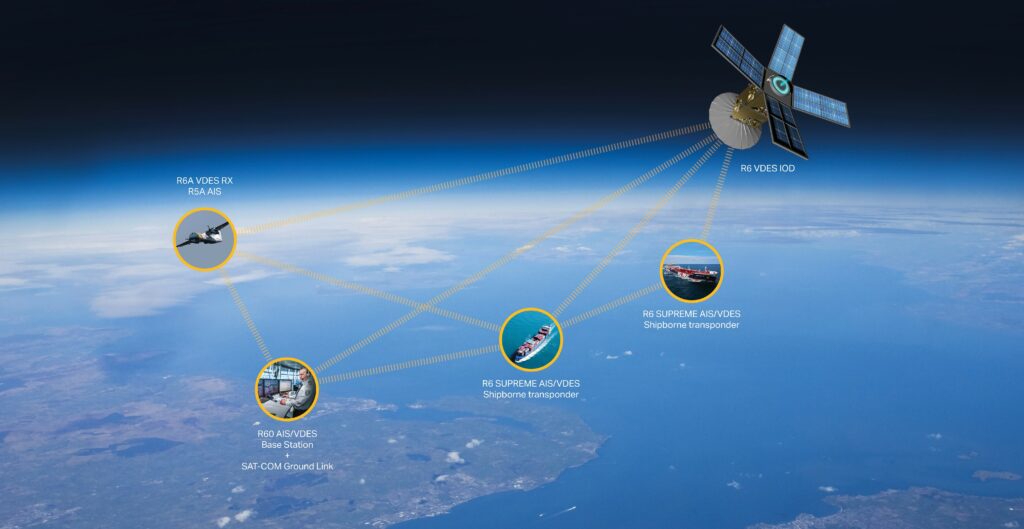
AOS, a brand born from a collaborative partnership between AAC Clyde Space, ORBCOMM Inc. and Saab, together we are developing the next generation of space based VDES system, marking the beginning of a new era in maritime communications. The AOS era. The ultimate aim is to create a global maritime communication network enabling ship to ship and ship to shore communication everywhere on the globe, everywhere maritime communications.
But what is VDES? It’s the next generation of AIS system – internationally called the VHF Data Exchange System (VDES) – it provides higher data exchange capability to allow for smarter navigation and communication solutions for the shipping industry. Automatic Identification System (AIS) provides much needed ship position, identification, and other information sets to other ships and to coastal authorities automatically. But AIS has limitations, ships can deactivate it or not be fitted at all, and the system can be overwhelmed.
VDES addresses the overload of the AIS VHF Data Link (VDL) and allows for smarter navigation and communication solutions for the shipping industry. It adds a new dimension with providing terrestrial VDES and satellite VDES, creating a global high-speed ship-to-satellite and satellite-to-ship communication link available for various applications.
By adding space-based capability to VDES, the communication system’s range increases from the shoreline to anywhere in the ocean, converting what is currently a predominantly coastal system into a global maritime system. With up to 32 times more bandwidth than the currently widely used Automatic Identification System (AIS) communication, VDES can be integrated with e-navigation systems, enabling savings in fuel and emissions of up to 25 percent, aiding navigation, and increasing safety. The bandwidth also creates opportunities for a wide range of other services, from delivery of weather data to messaging.
But what are the opportunities of everywhere maritime communications?
It can be utilized for maritime surveillance, encrypted communications, fishery, logistics, search and rescue, marine integrated applications, innovative application software development for commercial purposes to environmental monitoring.
Helping our planet
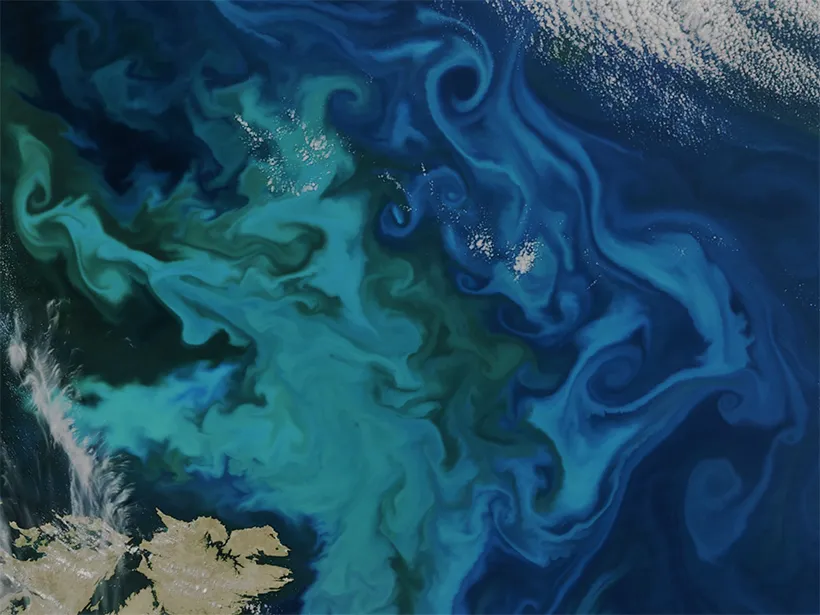
Environmental implications of such a vast sector are significant. Every year, those container ships plying the world’s waterways generate about 1 billion metric tons of carbon dioxide into the air, which is about three 3% of all greenhouse gas emissions.
The AOS new space-powered communications system for the shipping industry will help to cut fuel consumption and, in turn, emissions. Better coordination between ships also means fewer accidents. Where accidents do occur, VDES will enable quicker response times, enabling faster clean-up of any diesel or oil spills. This will not only improve the safety of seafarers but will also contribute to a greener shipping industry – a critical part of the climate change mission.
Environmentally Friendly Autonomous Navigation
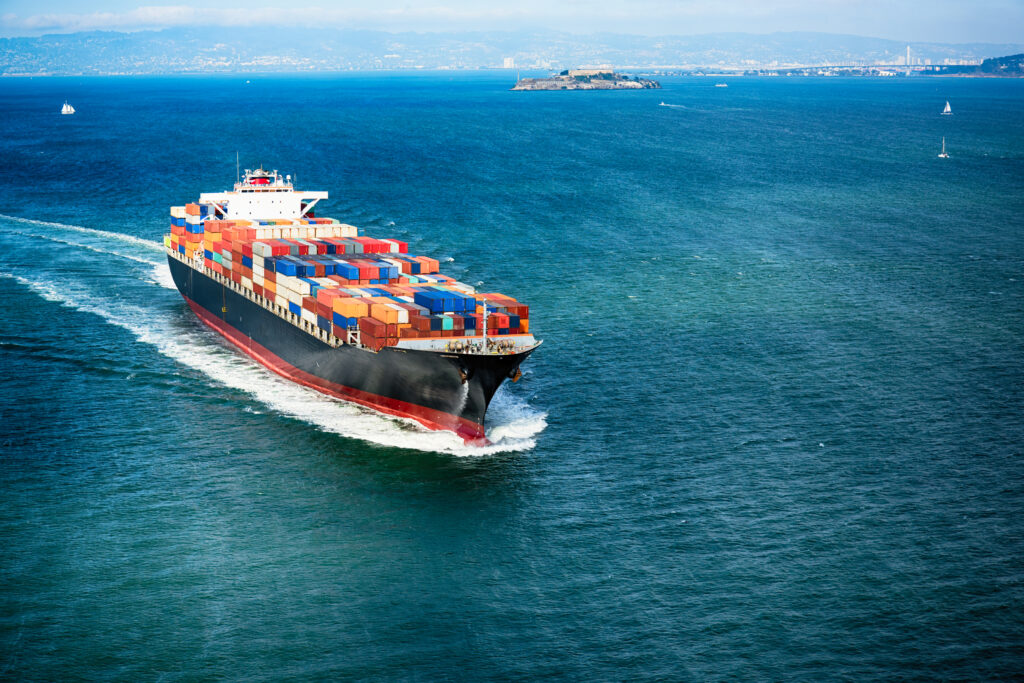
Route exchange is one of the core foundations for future autonomous vessel navigation. This includes for both the monitored route that the specific ship is sailing and the navigation data that is broadcasted over VDES.
It’s estimated that the global merchant vessel fleet have a potential of saving up to 25% of its fuel and emissions from utilization of the Sea Traffic Management (STM) systems through exchange of standardized route messages, optimizing vessel environmental conditions for the journey like wind vector, sea current vector, waiting time and enabling just-in-time arrivals in both known and new ports. Currently 400 merchant and passenger vessels are sailing with this promising new STM technology, and if it’s implemented globally, based on an enabling VDES infrastructure, the environment will gain a lot regarding reduction of savings in time, fuel and greenhouse gas emissions (GHG). Energy efficiency optimisation us a key concern of shipowners is keeping fuel costs down, as these are a major part of the operational cost picture.
Encryption for communications

As the information transmitted by AIS is not encrypted fishing vessels often deactivate AIS equipment when they are about to make a catch in order to not give away their location to competitors. These practices have become a security issue as other vessels in the area no longer receive information about that vessel, which can result in collision risks or false sinking alerts.
VDES communications are encrypted. This means that all vessels can remain seen by the authorities and rescue services without giving away their coordinates to competitors.
Maritime Safety Applications
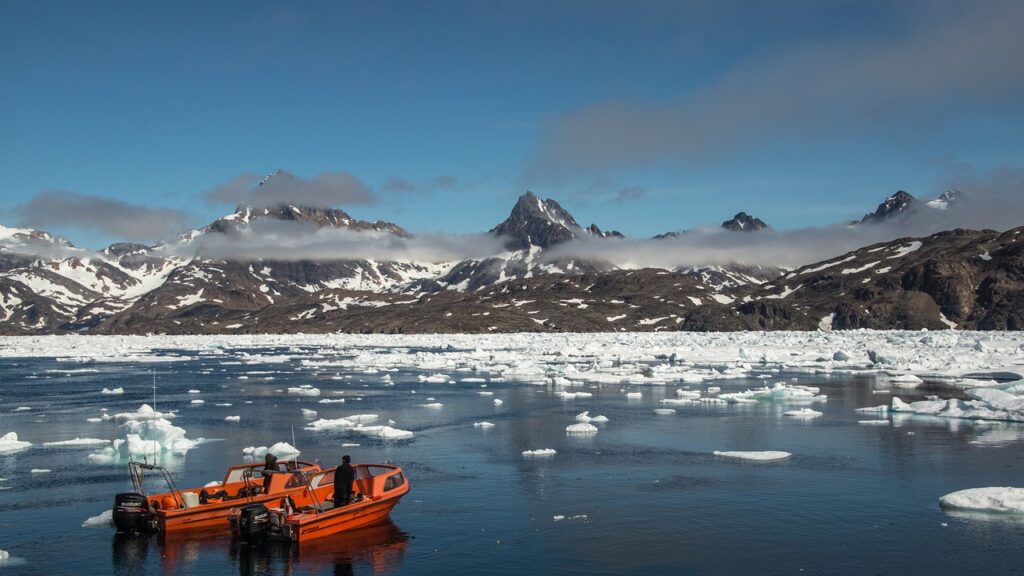
When disaster strikes on the water time is of the essence. Systems can fail during operations and humans make errors. Given that human error is said to be the cause of up to 85 % of all maritime accidents, it is paramount that shipowners and authorities do not only rely on operational data from vessels to monitor and improve safety.
From trawlers stuck in some of the most dangerous waters in the world, border control to monitoring of vessels in sensitive international waters areas. Navigation critical information can be broadcasted ship-to-ship via VDES. The route message broadcast is used as a means to indicate intended navigation and route information to nearby ships, allowing them to avoid ending up in a close-quarter situation.
Coast Guard and Coastal Police. When rescuing vessels or people, it is vital to know their exact location and last connection. The field of safety is one of the most important in the maritime sector, as rescue operations can be extremely difficult without the right information.
Search and Rescue (SAR) communications. This service allows ships to communicate for search and rescue purposes. In emergency situations ships contact the maritime rescue coordination centre, in general using Digital Selective Calling (DSC) (which is not part of VDES). VDES would allow the rescue coordination centre to poll ships in the vicinity to ask for their SAR capabilities in an automated manner. This service would make the coordination of SAR operations easier and faster.
The maritime community is seeking new possibilities and capacities towards digital communications. Since the users are on globally distributed ships and often at times far beyond the horizon, a hybrid solution of a terrestrial and satellite-based transmission scheme addresses the challenge for reaching all users.
We are confident our offerings for the maritime industry will be increasingly in-demand as the sector places a greater focus on using data to drive efficiency, improve safety and reduce emissions.
